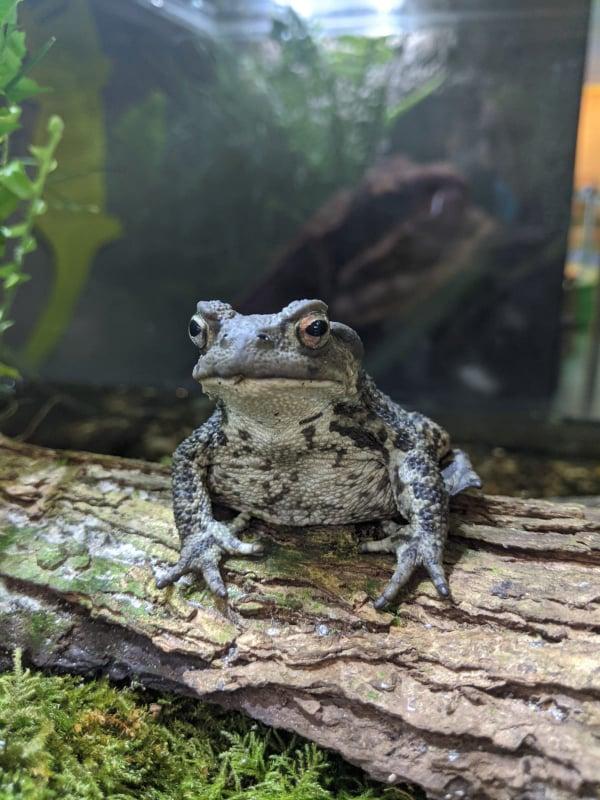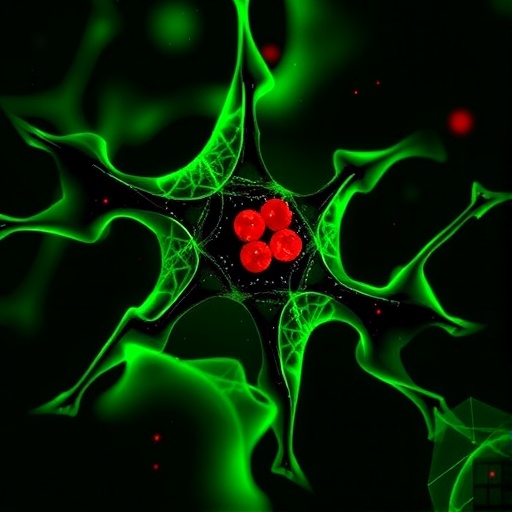
Credit: Jack Boultwood from WWT
While the UK was in lockdown, certain species of captive amphibians became more visible, a new study suggests.
The COVID-19 pandemic forced the closure of zoos across the UK for several months from March 2020, with gradual re-openings from summer into autumn and winter.
These closures provided a team of researchers, from the University of Exeter and WWT Slimbridge Wetland Centre, a unique opportunity to study the effect of visitor presence on several species of amphibian at Slimbridge.
The project assessed the number of individuals of six species – common toad, common frog, smooth newt, pool frog, golden mantella and golden poison dart frog – visible to observers while their exhibit was closed, when it partially reopened to more staff and when it reopened to visitors.
“Amphibians responded to the lack of people at the wetland centre differently,” said lead author Dr Paul Rose.
“Some species of amphibian were more likely to be on view when there were smaller numbers of visitors at their enclosure.
“These differences are probably related to the specific camouflage or anti-predation tactics of certain species, with aposematic frogs (toxic, brightly coloured species) being less impacted by visitor presence but cryptic (camouflaged species) being less visible when the public were around.”
For example, the study found the camouflaged species of common toads were most likely to be on view when the centre was in lockdown compared to when visitors returned. They also showed the most significant decline in visibility from lockdown to when more staff returned to the centre.
These findings show it may be beneficial to offer more cover and camouflage opportunities for captive common toads, in a way that allows the toads to feel hidden but can still be viewed by visitors.
The results of the study can also be used help inform husbandry, collection planning and provide a useful benchmark for further, more complex, welfare assessment measures.
###
The paper, published in the journal Animals, is entitled ‘Bold Frogs or Shy Toads? How Did the COVID-19 Closure of Zoological Organisations Affect Amphibian Activity?’
Media Contact
Lauren Batten
[email protected]
Related Journal Article
http://dx.




